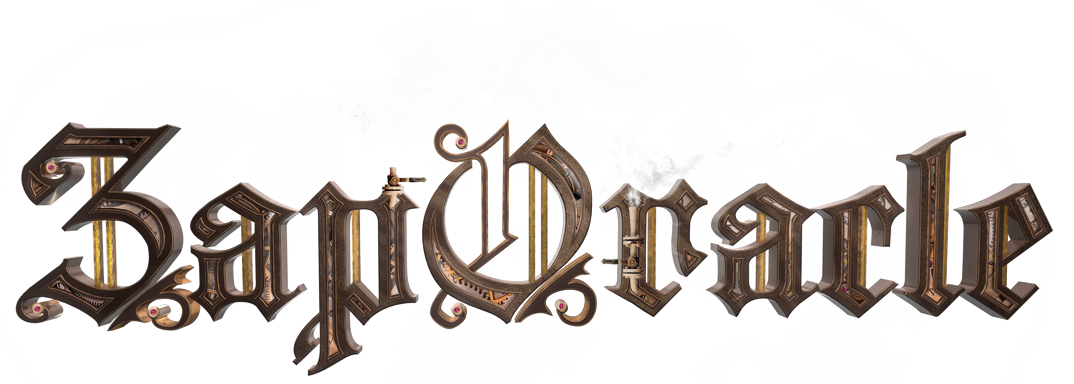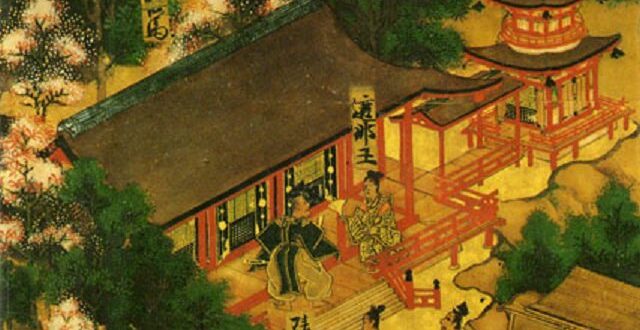Meeting halfway is the touchstone of relationships. You don’t want to meet others less than halfway — shy retreat, neglect, etc — or meet them more than halfway — doing too much, compromising your dignity by pushing forward where unwelcome, giving unasked for advice, etc. The halfway point may shift moment by moment. A key skill in relating to others is to be, as Carol Anthony puts it (approximately), “attuned to the subtle minutiae of openings and closings in the other person, ready to advance or retreat at a moment’s notice.”
From A Guide to the Perplexed Interdimensional Traveler:
Meeting Halfway — The Touchstone for Relationship
At the center of relating well to others, cautiously moving outward from your center of inner independence, is the I Ching principle of meeting halfway (Hexagram 44). Less than halfway would be, for example, to neglect others to whom we are connected by inner ties. More than halfway would be, for example, giving unasked for advice, proselytizing, self-important intervening, lifeguarding others, etc. So if you go to a party and see someone you’re attracted to, but you’re so shy that you hide in a corner and never approach them, then you have met less than halfway. Hitting on them (without some obvious encouragement from the other) would be meeting way more than halfway.
Even in the course of a conversation one needs to apply this principle of meeting halfway by keeping attuned to the moment, aware of the subtle minutiae of openings and closing in the other person. With the openings we advance, with the closings we retreat and yield space.
When the other transgresses, invades boundaries or comes at us with false personality, we should never go along with it, should never do anything that compromises our inner dignity. We should withdraw energy from the person who is coming from his false self. This can mean anything from breaking eye contact (a withdrawal of energy), ending the conversation, or in some cases, going our own way for a lifetime. When we do withdraw we should do so lovingly, giving the other space to come to his senses on his own. We do not, in I Ching terms, “execute” this person in our minds, which would be to view him as hopeless and unable to improve. This would only help to keep him imprisoned by doubt. We also don’t indulge excessive optimism that assumes he will become more conscious in this lifetime, or that extends trust where it is being abused. We step back to allow the creative to take its zigzag course. And for our own sake, as well as the others, we try not to carry ongoing grudges against someone. From the I Ching point of view, we are responsible not only for what we say or do to the other, but also for our thoughts, because these are communicated on the inner plane.
Relates to hexagram #44 — See Carol Anthony’s book on hexagram 44 and coming to meet halfway: Love, an Inner Connection
 ZapOracle.com home to the free 664-card Zap Oracle
ZapOracle.com home to the free 664-card Zap Oracle





